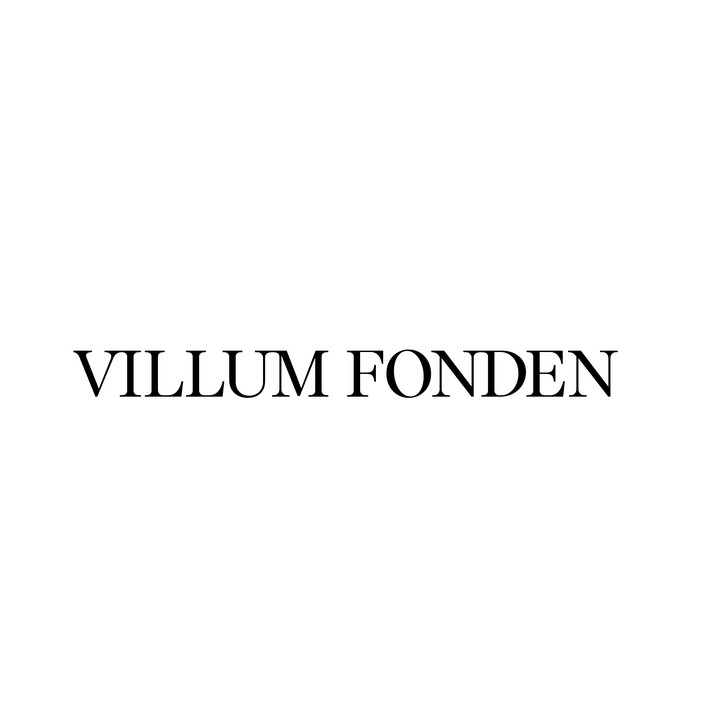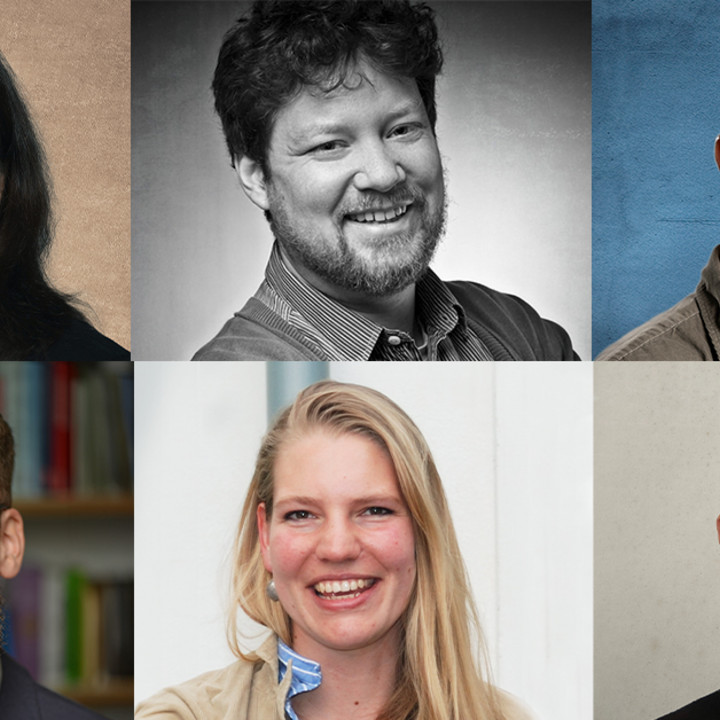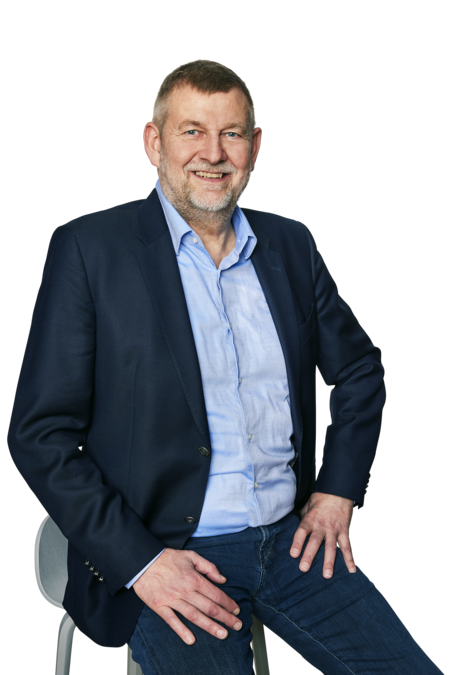Villum Synergy: Interdisciplinary research provides good synergy

Villum Synergy:
The programme saw the light of day four years ago and has since supported 50 research projects totalling DKK 199.5 million.
In 2023, VILLUM FONDEN has received 41 applications, 15 of which were granted DKK 3 million each – a grant total of DKK 45 million.
Although solutions to major challenges usually require cross-disciplinary collaboration, researchers seldom cross disciplinary boundaries in their research. The Synergy programme, however, allows for that.
The goal of Villum Synergy is to strengthen the research opportunities that lie at the interface between computer science and other disciplines – e.g. within the technical sciences, natural sciences – but equally within the humanities or social sciences. This year, 15 projects have been selected, each receiving DKK 3 million. All projects are data-driven, but the partner depends entirely on the nature of the problem to be addressed.
Nature inspires
For example, a system developer and a marine biologist will develop a future model for producing high-efficiency solar cells inspired by coral reefs:
“Capturing sunlight is the key to harvesting solar energy, and here, nature is the expert. Corals are highly efficient at absorbing the sun’s rays. This enables them to create amazing coral reefs with a complex three-dimensional structure. Our goal is to understand the part of their structure and biological composition that makes them so good at utilising solar energy and then try to transfer it to the development of better solar cells,” explains Jeppe Revall Frisvad from the Department of Applied Mathematics and Computer Science at DTU.
The project will see the linking of light measurements and biological knowledge about light in corals with advanced mathematics. As a mathematics engineer, Jeppe Revall Frisvad will develop calculation tools and mathematical models that can simulate the transport of light. Marine biologist, Professor Michael Kühl from the University of Copenhagen, on the other hand, has extensive knowledge of photobiology, which deals with how light affects living organisms, including corals.
Scientific breakthroughs
Major challenges call for interdisciplinary collaborations, and even though the 15 projects receiving this year’s grants are all data-driven, they are very different in terms of subject area:
“The projects in this year's Villum Synergy programme show that there are great opportunities in collaboration across computer science and other disciplines. I can easily imagine that there are important scientific breakthroughs hidden in some of them,” says Thomas Bjørnholm, Executive Chief Scientific Officer at VILLUM FONDEN.
In addition to the solar cell project, Thomas Bjørnholm also highlights the MA'AT project from DTU, which will develop a program that can help cities prepare for, for example, very heavy rainfall or floods due to climate change.
The project will use Copenhagen as a case study and includes a broad range of initiatives from working with changes in infrastructure (e.g. a new type of pavement) to policy options (e.g. working from home) or other ways to control traffic.
The goal is to develop an advanced AI framework that can address the link between climate-induced floods, future adaptation plans and human health. The new model will help cities plan necessary changes in the physical, architectural and social environments in a world affected by climate change.
Ethical monitoring can prevent drowning accidents
Unsurprisingly, several projects have AI as a core element. This also applies to the XAI for Safety and Security project from Aalborg University, which will develop AI monitoring that meets both ethical and legal requirements.
Video-based surveillance of public areas is often met with scepticism and criticism – even if the purpose is increased safety and security for citizens. In this project, experts in AI-based video analytics collaborate with experts in AI ethics and regulation to design, develop and implement a video-based AI system to detect abnormal events, so-called anomalies, that meet all essential ethical and legal requirements.
For example, the system could be used to register abnormal events on harbour promenades such as falls into the water, which according to the project makers accounts for about 25% of drownings in Denmark.
Why Villum Synergy?
Interdisciplinary research is more likely to lead to groundbreaking results compared with mono-disciplinary research, which only deals with its own field of study. VILLUM FONDEN has therefore established Villum Synergy which is now Denmark’s largest programme for data-driven, interdisciplinary research.
Based on recommendations from the programme’s technical committee, VILLUM FONDEN is awarding a total of DKK 44 million in grants to the 15 pilot projects.
Initiation projects for starting new collaborations:
-
Data-driven Model Discovery for Turbulent Flows (Turbulence Discovery):
Alexandros Iosifidis, Department of Electrical and Computer Engineering, Aarhus University and Mahdi Abkar, Department of Mechanical and Production Engineering, Aarhus University, DKK 2.99 million.
-
Inverse Design of Materials Using Diffusion Probabilistic Models:
Jilin Hu, Department of Computer Science, Aalborg University and Morten Mattrup Smedskjær, Department of Chemistry and Bioscience, Aalborg University, DKK 2.99 million.
-
Machine Learning to Enhance PFAS Degradation in Flow Reactor:
Xuping Zhang, Department of Mechanical and Production Engineering, Aarhus University and Zongsu Wei, Department of Biological and Chemical Engineering, Aarhus University, DKK 2.99 million.
-
XAI for Safety and Security: A Bottom-Up Approach:
Kamal Nasrollahi, Department of Architecture, Design and Media Technology, Aalborg University and Thomas Ploug, Department of Communication and Psychology, Aalborg University, DKK 2.99 million.
-
Maximising well-being with AI under deep climate turmoil - MA'AT:
Francisco Camara Pereira, Department of Technology, Management and Economics, Technical University of Denmark and Karyn Morrissey, Department of Technology, Management and Economics, Technical University of Denmark, DKK 2.99 million.
-
urbanLab: Spatial data center for evidence-based city planning:
Rasmus Waagepetersen, Department of Mathematical Sciences, Aalborg University and Jos van Ommeren, Department of Civil Engineering, Aalborg University, DKK 2.99 million.
-
Digital Twins for Abundant Feedback: Novel Feedback Paradigms via Explainable Multilingual Natural Language Processing:
Johannes Bjerva, Department of Computer Science, Aalborg University and Euan Lindsay, Department of Sustainability and Planning, DKK 3.0 million.
-
Quantifying the Prevalence and Diffusion of Generative AI in Science:
Roberta Sinatra, Copenhagen Centre for Social Data Science, University of Copenhagen and Mathias Wullum Nielsen, Department of Sociology, University of Copenhagen, DKK 2.99 million.
-
Deep Learning Dynamic Graphs for Food Microstructures (Delifood):
Jon Sporring, Department of Computer Science, University of Copenhagen and Mathias Porsmose Clausen, Department of Green Technology, University of Southern Denmark, DKK 2.99 million.
-
Matters:
Isak Worre Foged, Institute of Architecture and Design, The Royal Danish Academy of Fine Arts and Dimitrios Papadopoulos, Department of Applied Mathematics and Computer Science, Technical University of Denmark, DKK 2.99 million.
-
Past social network reconstruction from material culture data:
Michele Coscia, Institut for Computer Science, IT University of Copenhagen and Tom Brughmans, School of Culture and Society, Aarhus University, DKK 2.99 million.
-
METAL AI -- Machine learning for heavy element energy levels and emission intensities:
Darach Jafar Watson, Niels Bohr Institute, University of Copenhagen and Ole Winther, Department of Applied Mathematics and Computer Science, Technical University of Denmark, DKK 2.99 million.
-
CORALS - New strategies for harvesting solar energy using coral-inspired microgeometry:
Jeppe Revall Frisvad, Department of Applied Mathematics and Computer Science, Technical University of Denmark and Michael Kühl, Department of Biology, University of Copenhagen, DKK 2.99 million.
-
We need attention for discovery:
Erik Bjørnager Dam, Department of Computer Science, University of Copenhagen and Oleg Ruchayskiy, Niels Bohr Institute, University of Copenhagen, DKK 2.99 million.
-
Center for Digital CompliancE (DICE):
Hugo A. López-Acosta, Department of Applied Mathematics and Computer Science, Technical University of Denmark and Alexandra Andhov, Centre for Private Governance, University of Copenhagen, DKK 2.99 million.




